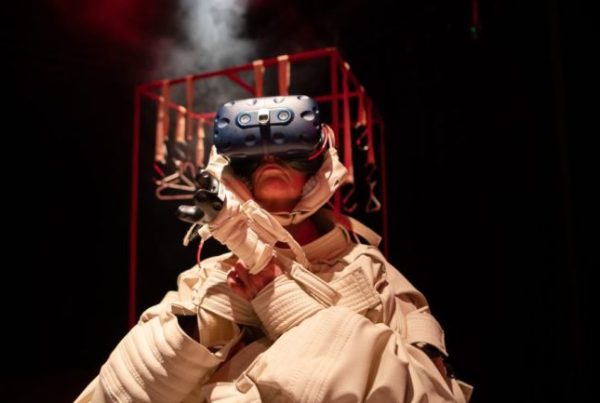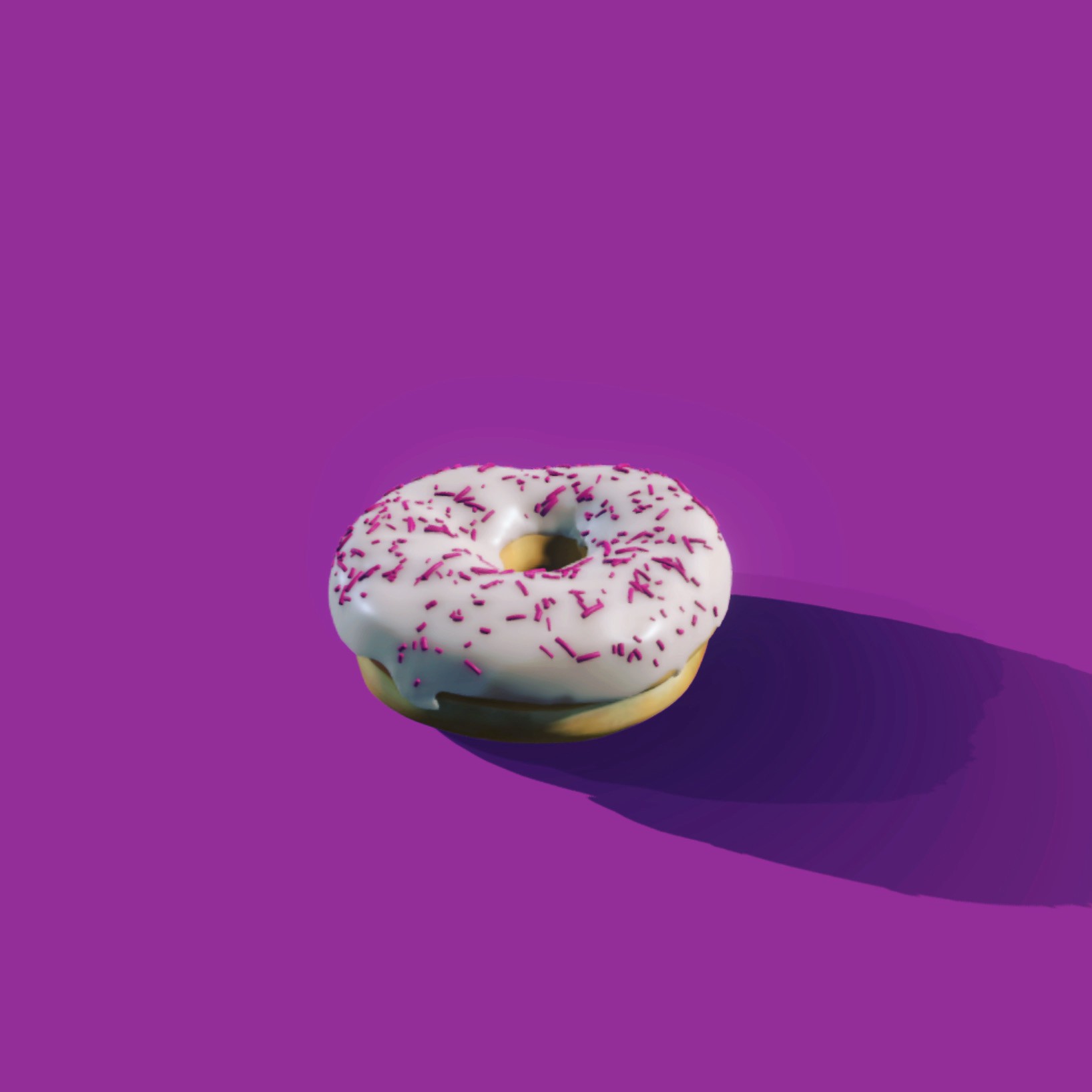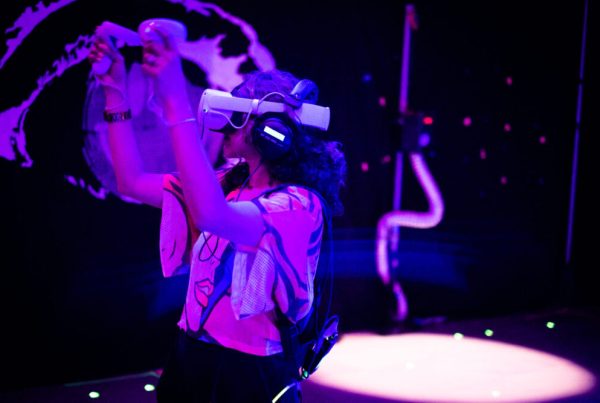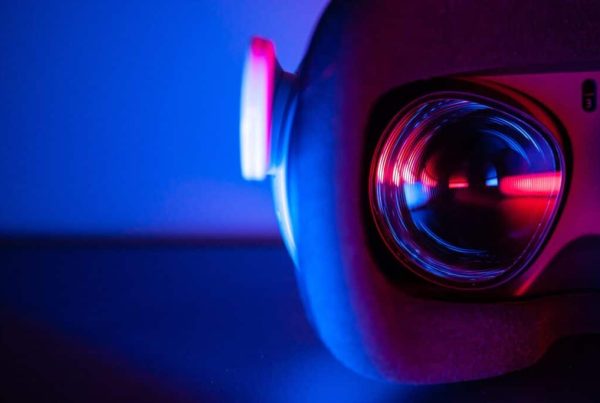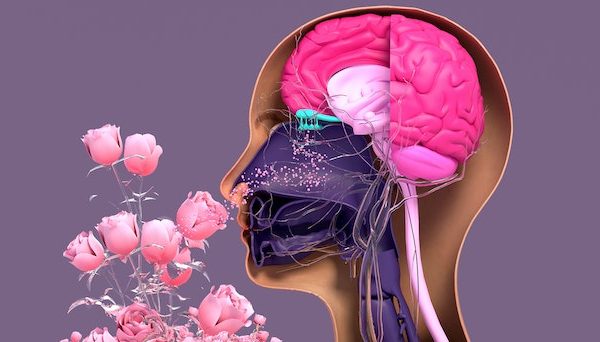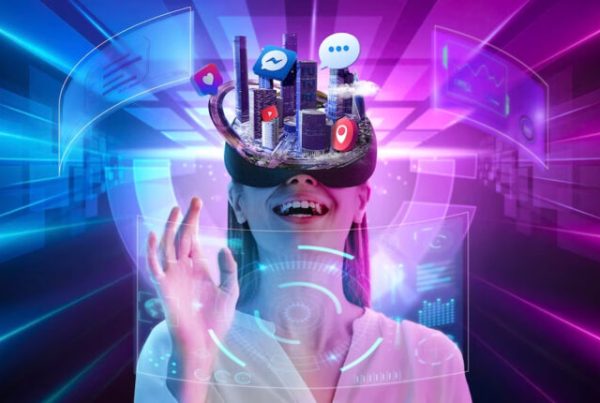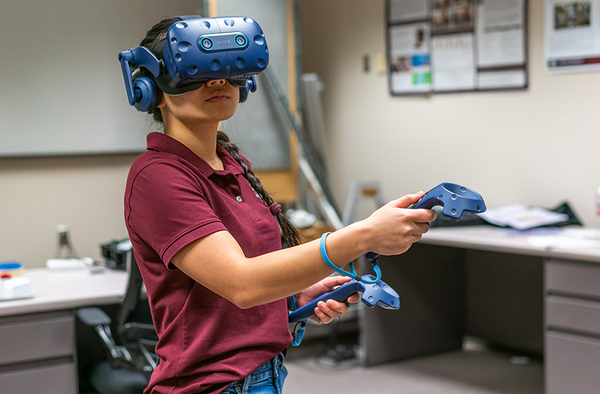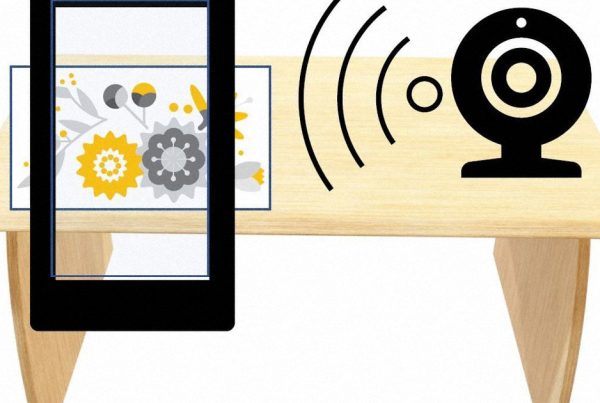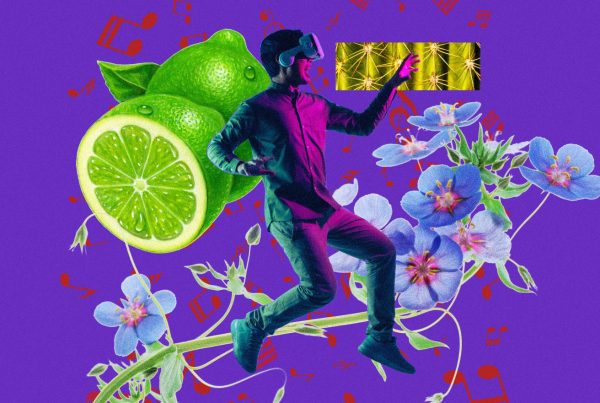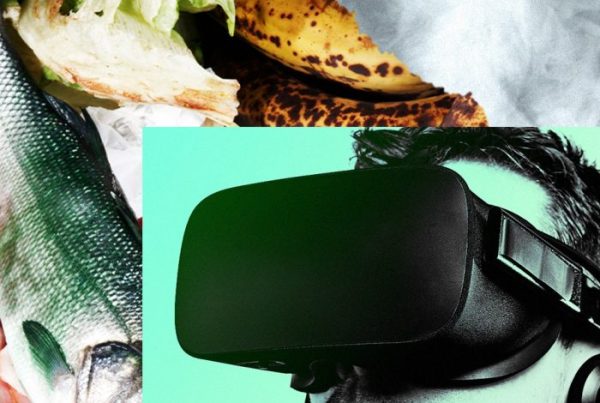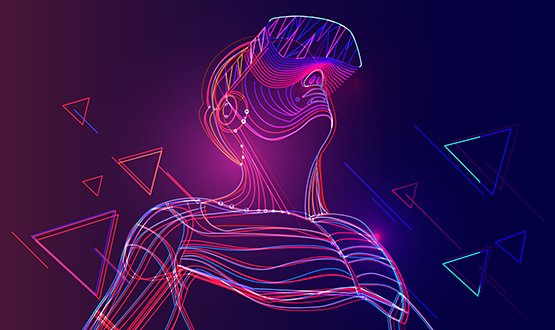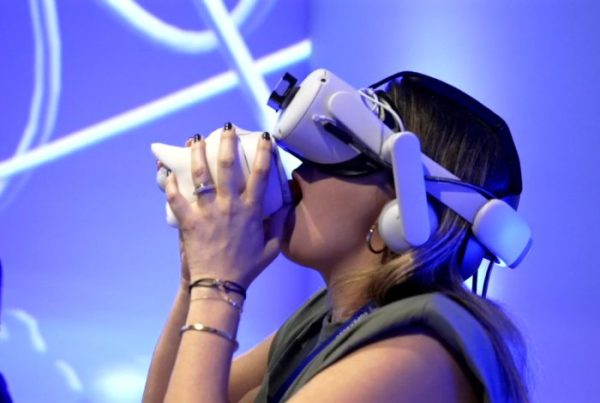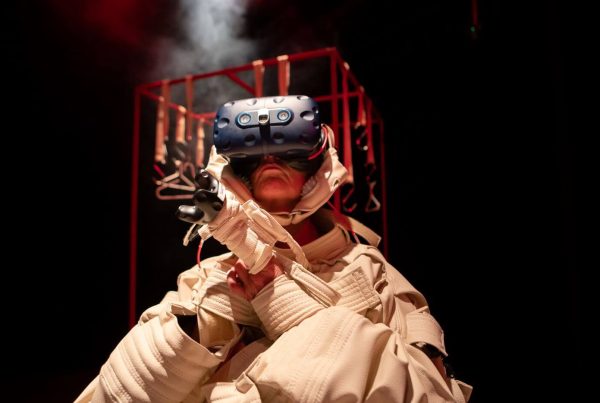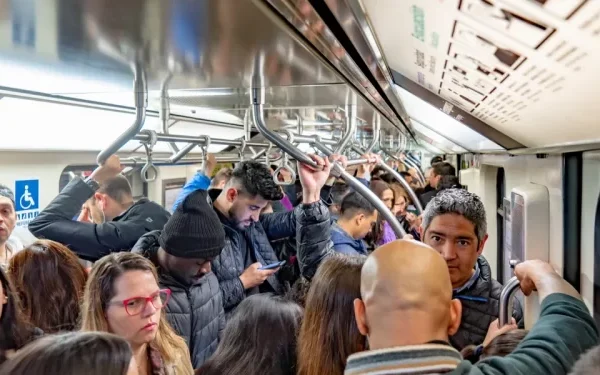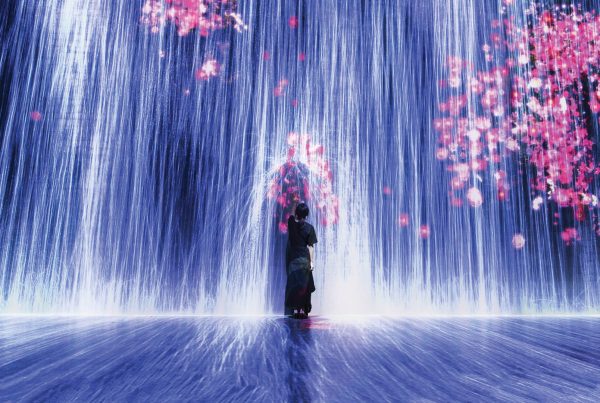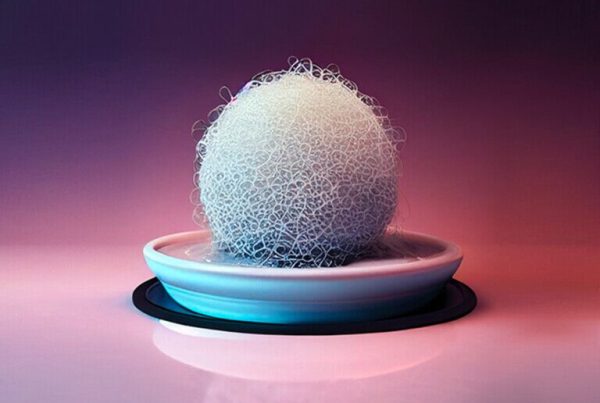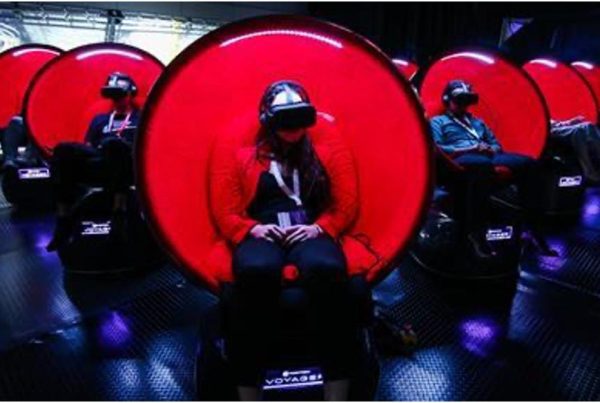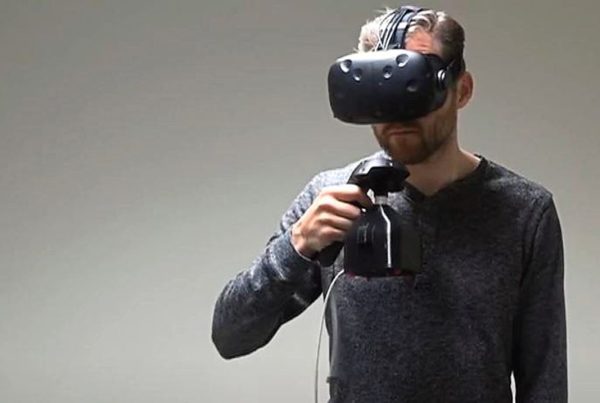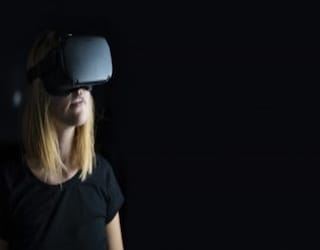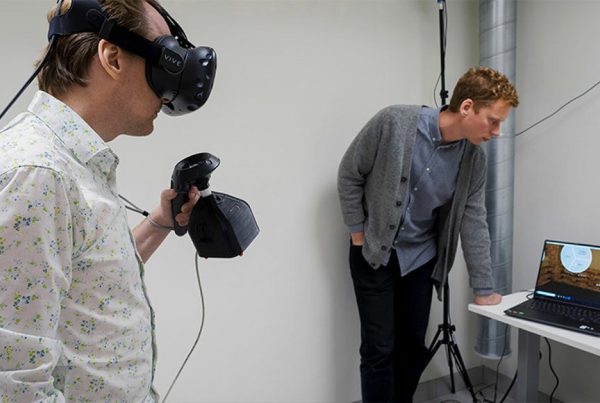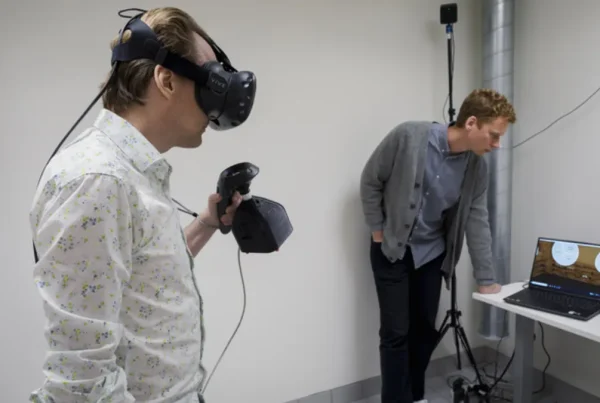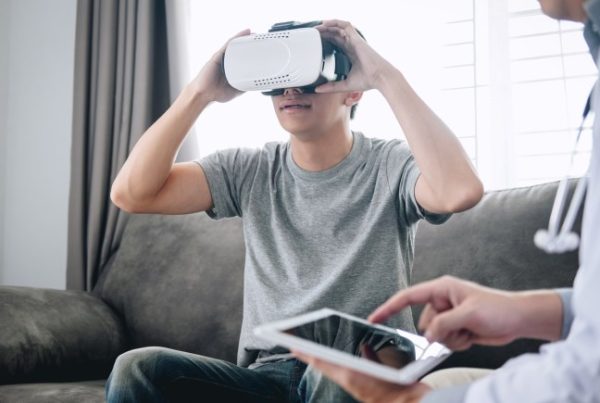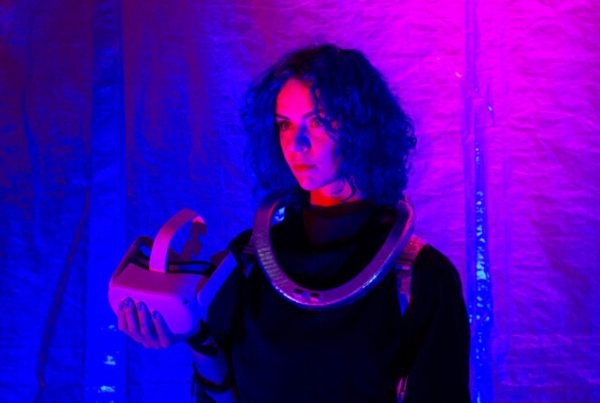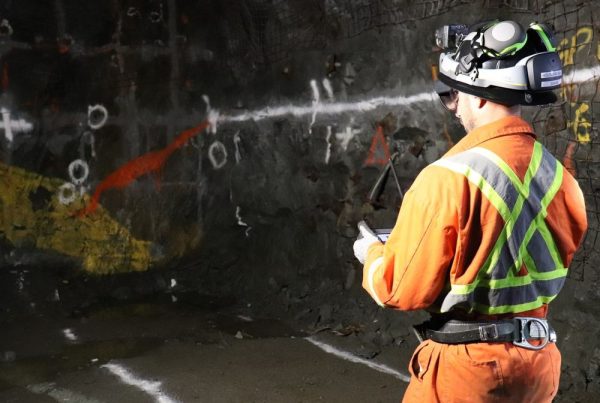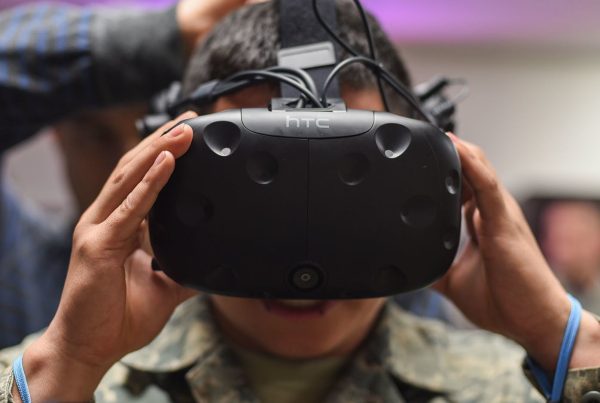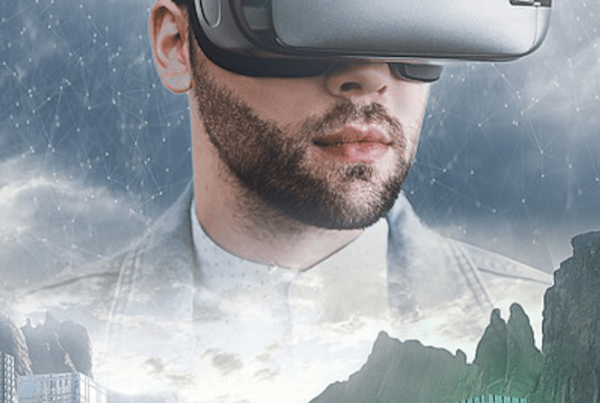Digital food is here, so you may as well get used to it. The recent boom in online food-based media has changed how we look at food online and seek out new restaurants, reviews, and recipes. We want to add new flavors and try new foods. Digital food is one way to make this even easier.
There’s no consensus about what the term “digital food” really means. To some, it’s the sharing of images of food on social media to represent culture, calories, presentation, preparation, and taste. A plethora of food bloggers show status by filling our social feeds with images of perfectly arranged gustatory delights. Food can be basic, or it can be luxurious and exclusive. By showing specific types of food, we can signify ourselves as being a specific type of person.
Through this “digital food,” we can use new technologies to explore and represent who we are. Augmented reality (AR) provides a unique way to experience digital food. AR experiences by artists such as Robbie Conceptuel on Instagram allow you to become the food itself. With his filter, Bubble Tea, available on Instagram, your face is transformed into a trendy drink, and jelly bubbles pour out of your mouth when you open wide. With another filter, Papaya, your body is transformed into a tropical fruit that floats in nature.
Conceptuel describes digital food as a way to better connect with his audience and reduce waste: “I use food to make inanimate objects alive. And, it’s also universal. We all played with food when we were babies; I’m just playing without waste.”
Designers also create photo-realistic 3D food models specifically for AR. Design company QReal has created several AR experiences, such as Lobster, an Instagram filter where a user can place a photorealistic 3D model of a lobster with macaroni and cheese on a flat surface.
It’s also already possible to order food using augmented reality. AR company Kabaq has partnered with Snapchat to offer users the ability to view a Domino’s pizza in AR, then order that pizza online. Ordering food in AR allows us to see examples of what our food will look like before we see it in real life. When the already popular Uber Eats eventually adopts AR within its app, it is likely there will be a surge in orders, if only for the initial novelty alone. By using what is known as persistent AR, you could share the same digital food with another person or share the ordering process with a group of people.
The future of food could also exist in digital restaurants. I used Instagram to create Fresh Hot Delicious, a completely digital restaurant specializing in digital desserts. Each dessert exists as a freely available AR filter on Instagram. To simulate a real-world restaurant, the desserts “sell out” when the AR filters reach a specific number of views. Users can play with the desserts for free until they are “sold out” and become deactivated. In this way, the digital restaurant gives a life span to previously permanent digital objects.
While most digital food is realistic, there is room for fantastical and otherworldly food experiences. While digital food cannot yet be physically devoured or owned, it taps into the current trend in AR to create surreal, impossible experiences. Digital food can be funny, satirical, or political, as seen with Peached by Beth Wickerson. Digital food facilitated by AR goes beyond the real to focus on a different type of sensory play that is completely new.
I reached out to Wickerson, and she described to me how she capitalized on the communicative potential of digital food: “I knew that replacing the viewer’s head with a peach would have a comedic effect, so I liked the idea of people using it in a humorous way, hopefully adding some laughter to the subject. What I didn’t expect was for people to use it for just that aspect alone, the humor of having a peach for a head, and I think that is what has made it my most popular effect.”
Our brains are wired to experience “visual hunger,” defined as the desire to view beautiful images of food, which leads to an increase in ghrelin, the hunger hormone that prepares our body to eat. This evolutionary adaptation likely came from a time when seeing food (a far rarer occurrence before the modern age) meant we were about to eat. What’s more, we have a preference for viewing images of high-calorie food. The fact that our brains are attuned to images of beautiful food is partly why food media has become so successful on digital platforms.
Experiencing digital food in AR lends itself well to sensory science research. For example, scientists at the University of Tokyo say the amount of food we consume can be affected by the apparent size of our servings. This changes how satisfied we feel after a meal. AR can also be used to experiment with how we perceive food structure and texture, such as crispness, flakiness, or softness.
Some scientific research groups have even replicated basic taste sensations — such as sweet, salty, sour, and bitter — through a “digital taste interface” which applies electrical and thermal stimulation to the tongue. Using a cathodal current, researchers created and experienced new kinds of flavors. It is only a matter of time before this type of technology is combined with digital food to create unique experiences.
Food designers and sensory scientists have been using virtual reality (VR) to explore digital food since at least 2016. Project Nourished, a “gastronomical virtual reality experience,” replicates existing foods and produces new kinds of food experiences. They aim to help people “eat whatever they want” with no allergies, no intolerances, and no regrets.
Digital food as experienced through AR is more easily accessible than VR and is an innovative way to engage with an audience. As food brands aim to sell a gustatory experience, rather than a product, experiencing digital food could help a brand build an emotional connection with an audience. Creators could also add sound to digital food to enhance the perception of flavor and enjoyability. Imagine collaborations between musicians and food brands since research shows that listening to music while eating increases our enjoyment of food.
While we can’t subsist on digital food, AR could help us better enjoy real food and make healthier food choices. For example, repeated exposure to images of vegetables can increase your desire to eat them. Digital food may also induce satiety because viewing images of food could gradually reduce hunger similar to what occurs when we are actually eating. Digital food can also help us eat fewer unhealthy foods; seeing many images representing a specific taste (e.g., sweet or salty) can reduce the enjoyment of those tastes.
There is enormous potential for digital food. While it may, at first glance, appear to be unusual or inauthentic, it can offer something that is missing from traditional eating experiences. Digital food can be “consumed” endlessly and can be accessed from anywhere that has a connection to the internet. Digital food is environmentally conscious, avoids waste, avoids overconsumption, and does not require any transportation. Fundamentally, the new trends in digital food reflect the ever-changing way we exist online and how we share what we consume.
Recent multisensory AR/VR articles

Could the metaverse help predict and produce movie blockbusters? | World Economic Forum

Why Clinique’s Next Move In The Metaverse Is A Winning Formula For Web3 Retail | Forbes
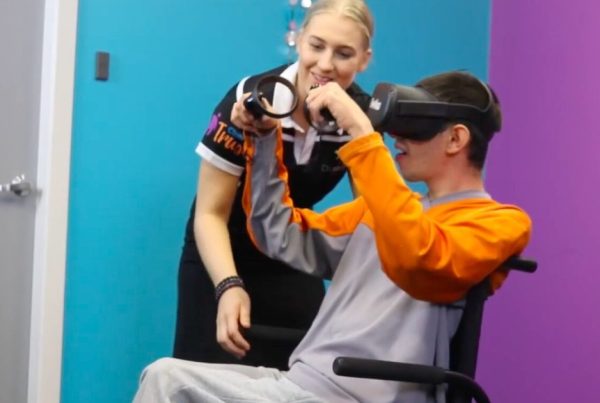
Study: New VR sensory room reduces anxiety in people with intellectual disability | MobiHealthNews
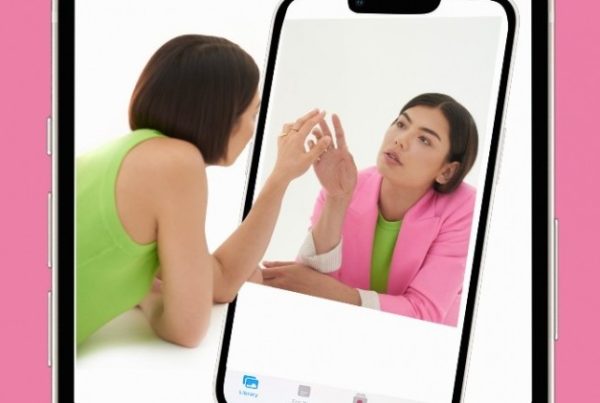
‘Thinking about beauty in a new way’: How brands are pursuing multi-sensory strategies in the digital world | Cosmetic Design
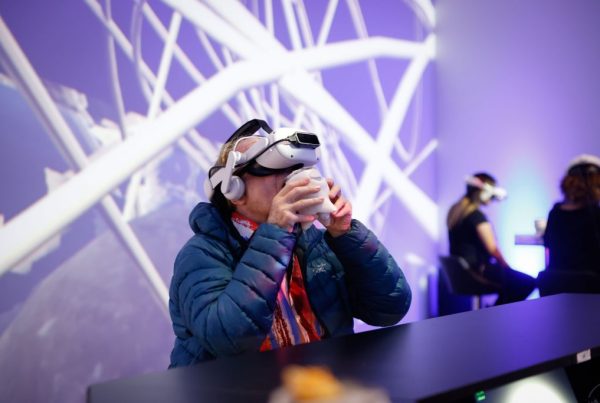
An Artist and Chef Collaborated to Imagine the Dinner of the Future. It Involves Animation, Virtual Reality, and… Not Being Able to See Your Food | Artnet News
